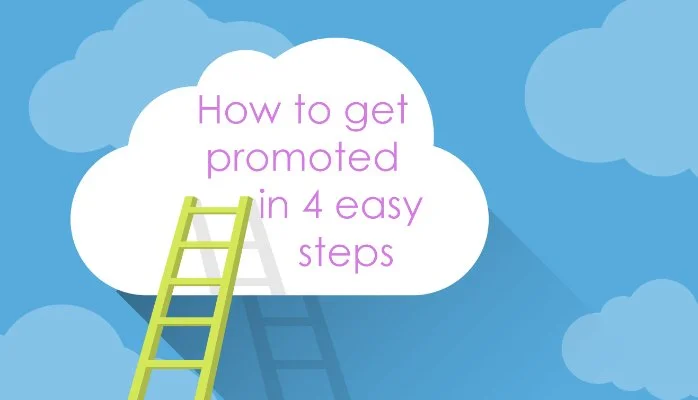Presentations are increasingly part of academic and professional life. Don’t bother trying to fight it. Instead, use your poised and polished presentation style as an opportunity to shine. Here are three easy techniques that will dramatically improve your presentations.
1. Practice out loud
Whether or not you have a script, practice by reading or reciting your speech out loud. Not only will this allow you to make sure it is long (or short) enough to fill your allotted time, but it will help you memorize your speech or have it flow better. Reading words on a page might be great for visual learners, but hearing your own voice say the speech and by using your real gestures and movement, you reinforce the speech through your other senses. You will also be able to identify and correct awkward word choices, rushed transitions, or tongue-twisting sentences before you are on stage.
2. Record yourself
An audio recording (from your phone) is helpful because it allows you many of the benefits of practices out loud without the hassle of having to find a private space. Record it until you get it the way you want and then listen to it using headphones. The benefits, however, of videotaping yourself are substantial. Practice your gestures, pacing off different points during your speech, making eye contact, and projecting. And for an advanced lesson, play back the video in fast forward. This is the best way to identify repetitive, and often distracting, hand motions.
3. Feel your feet
Nerves are natural. The comedian Jerry Seinfeld once noted that more people are afraid of public speaking than death, which means people would rather be in the coffin than delivering the eulogy. If you feel this way, it is perfectly normal. Sometimes that apprehension takes the form of nervous movements or rushed pace of the speech. You literally can’t wait for it to be over and it shows as you rattle off your points too fast for anyone to understand. And some of us have a lot of “performance energy” that can make us a little too bouncy during presentations. All of these can be helped by a simple move. When you take the stage, feel your feet in your shoes. Feel the shoes upon the firm ground of the floor or platform. This simple mental move will instantly quiet your body and has a calming effect that will help you slow down and keep your nerves in check.
Follow these rules and you’ll be giving your own TED talk in no time!
This article was published by Saturday Academy.



















